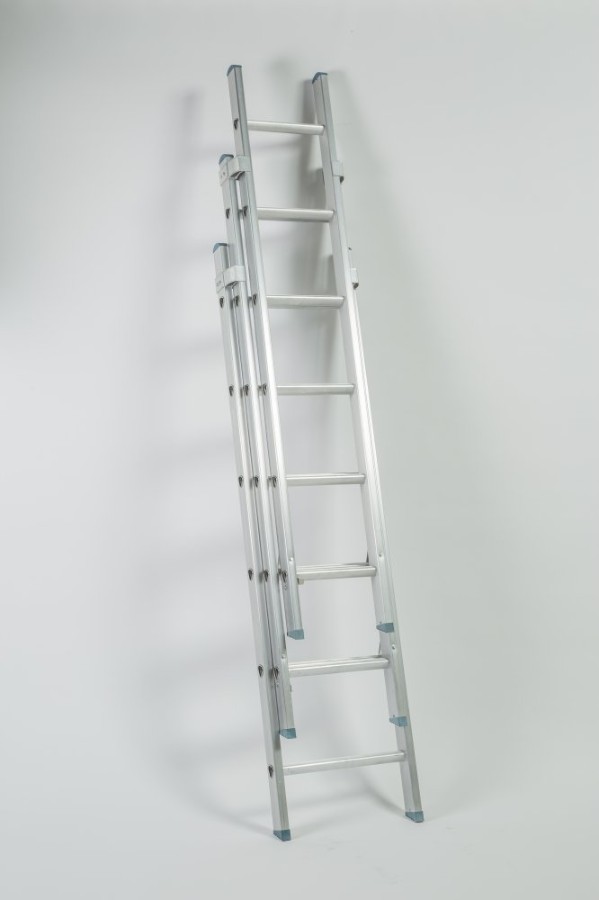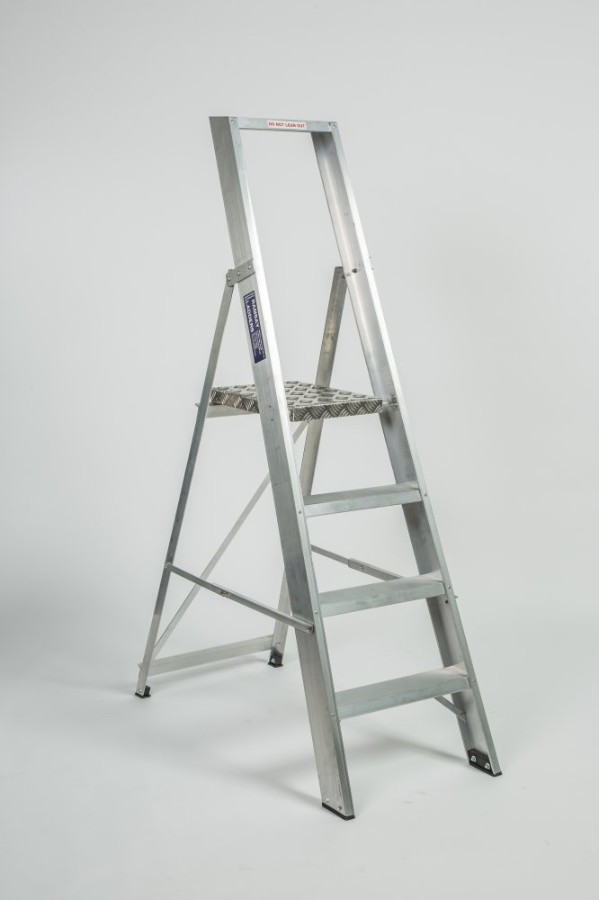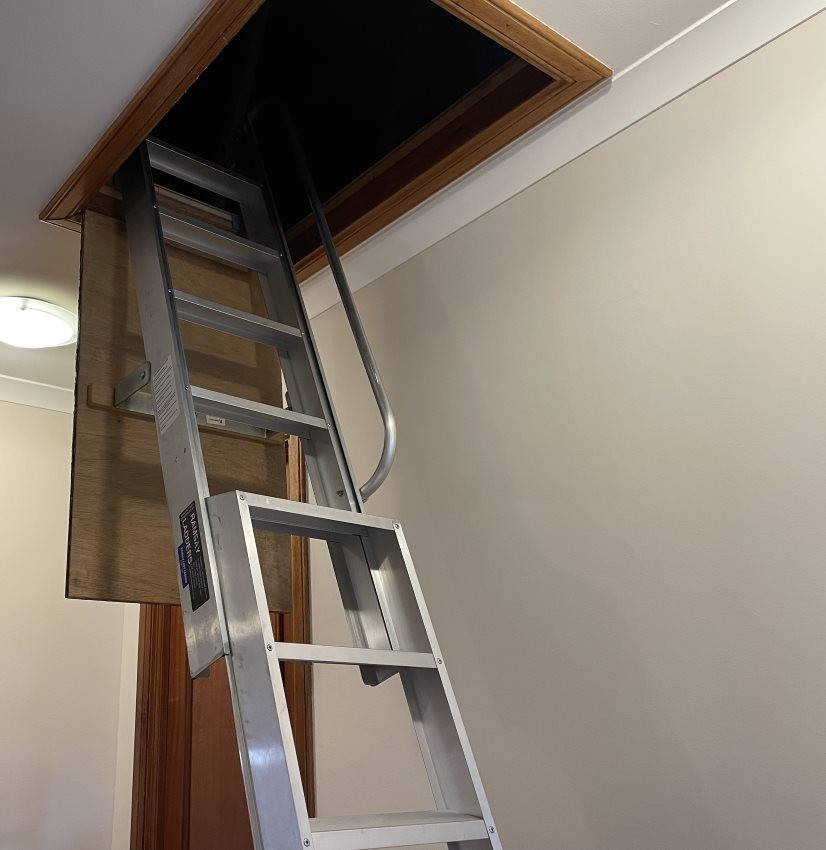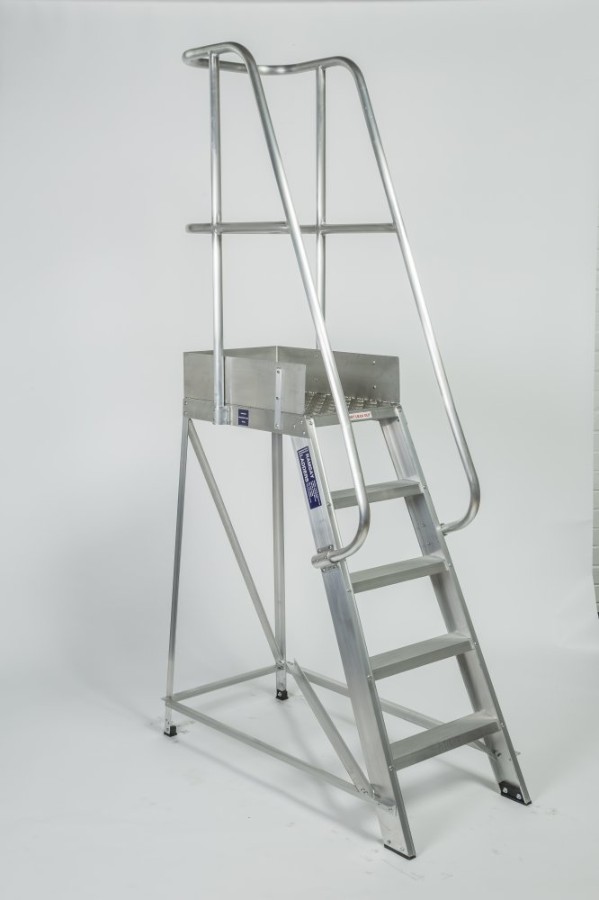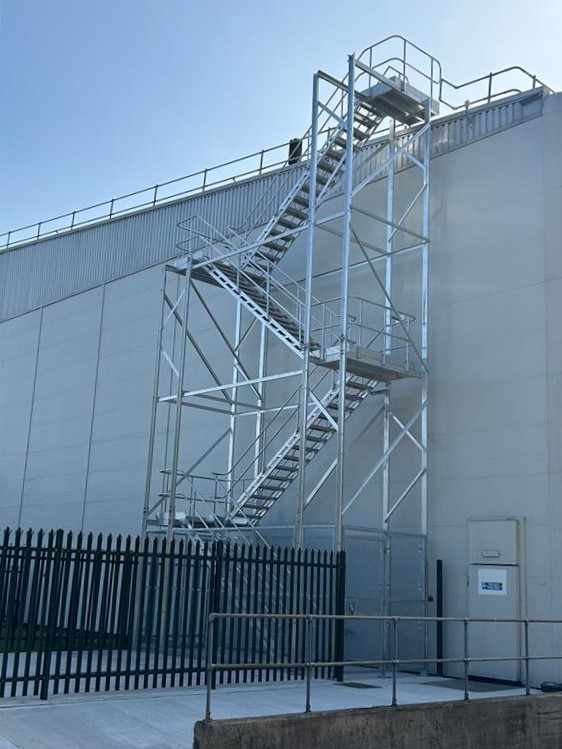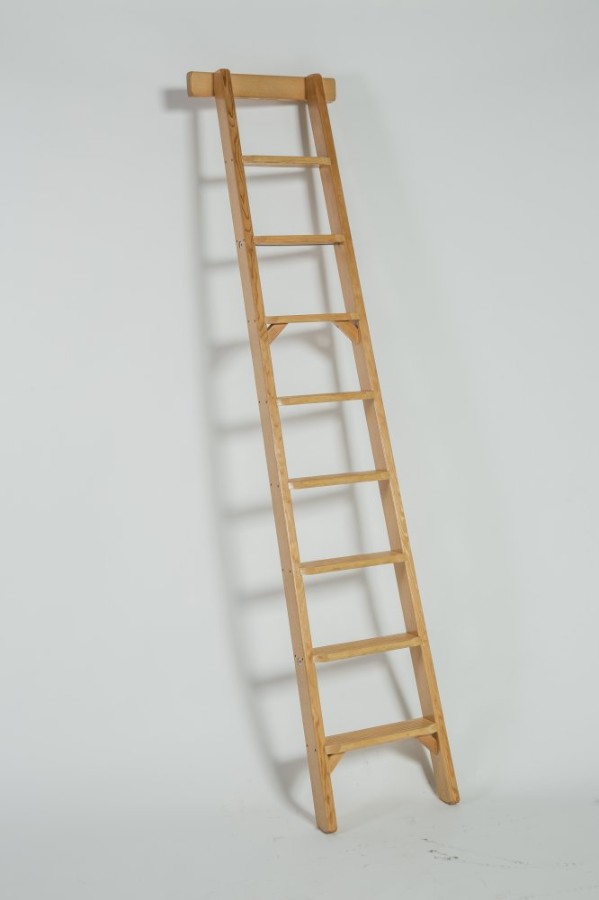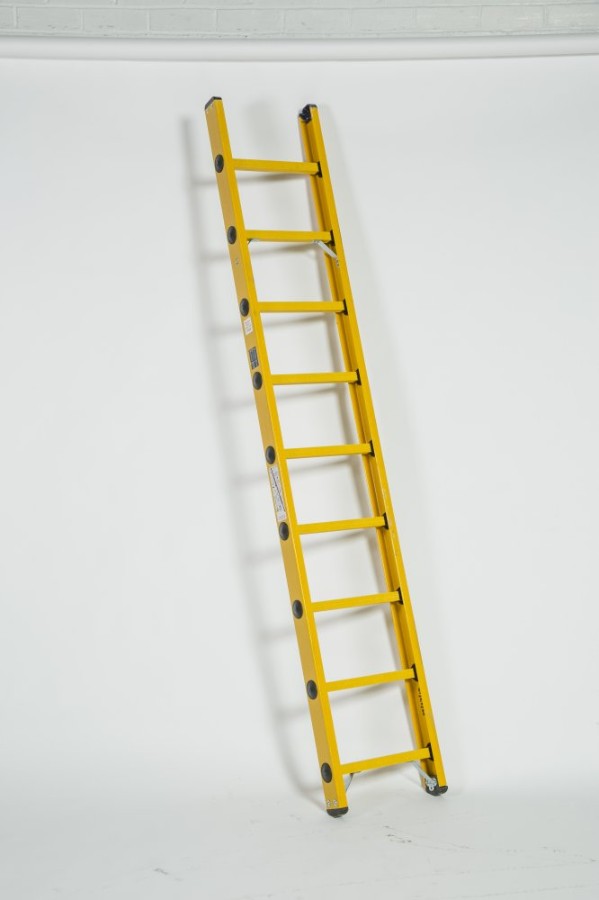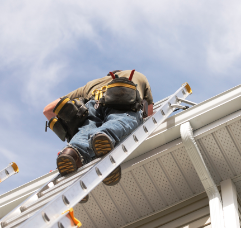What Size Roof Ladders Should I Get?
1 November 2022Ladders come in a wide variety of sizes and dimensions, each appropriate for use on different properties. Modern ladders also typically come with a range of extra features to suit particular functions. If you need to access the roof of your property, you are going to need to purchase roof ladders for the jobs you need to complete. But very often, the choice of what ladder is right for both yourself and your property is far from obvious.
THE SIZE OF LADDER FOR A ONE OR TWO STORY BUILDING
Undoubtedly, the biggest deciding factor will be the height of your home. As a rule of thumb, a 15-18ft ladder will suit a single-story building while for a two-story building, a 20-22ft ladder should do the trick. However, this is only a rough guide, and you’ll want to consider much more besides ladder height.
Naturally, a roof ladder has to be sturdy and secure if it is going to be used for an extended period on roofing jobs. Many such ladders will also have extra features such as non-slip rungs, gutter guards, and non-slip hooks, all of which make a real difference when conducting a roofing job.
WORKING AT HEIGHTS: USING DIFFERENT TYPES OF LADDERS SAFELY
Despite the many things to consider when buying roof ladders for your home, the primary one will of course be height. Whether you are doing a roof job for your own home or at work, there are many safety factors that you need to consider when working from a height. Whether you are using roof ladders or extension ladders, knowing how to stop your ladders slipping when you’re using them is valuable safety information to know.
Single and double roof ladders are designed specifically to make accessing the roof a lot easier. Both types of roof ladders are fitted with wheels so that they are able to easily slide into place without causing damage to the roof. These ladders are made with strong but lightweight materials so that they are able to be moved easily while you are doing your job.
Another consideration when working at heights is actually how easy it is to get on a roof to complete the job you need to do. As mentioned, there is a general rule of thumb regarding ladder height and the number of stories of your house. Nevertheless, there are times when you may wish to calculate things a little more accurately – or allow for added complexities.For one thing, many homes have multiple roofs. There can be both a high roof at the top of a home and a lower one over, say, an extension or garage. In such cases, you’ll most likely want to avoid buying two ladders, so a wide extension length is important.
For larger jobs, you might want to consider using extension ladders instead. For extension ladders, there’s a few safety things to consider for working at heights and getting up to the roof. Generally speaking, four rungs from the very top of the ladder is the highest point at which it is safe to stand. Therefore, you’ll want to make sure that your ladder clears the edge of your roof by a few feet.
But of course, no ladder is placed totally parallel with a wall. So when setting a ladder, it is important to use the 4:1 ratio rule. This rule stipulates that for every four feet in height, the base of a ladder should be placed one foot out from the wall.
Thus, a 20ft ladder would be placed five feet from the base of the wall. You can think of this also as constantly maintaining a 75-degree angle regardless of the height of the ladder. Remember also that a 20ft ladder will not, because of that angle, reach 20ft into the air.
CHOOSING THE RIGHT LADDERS FOR THE JOB
After taking all the guidelines and safety information into account, you should have all you need to select the right size ladders for your property. However, beyond size, you might want to consider just what the ladder will be used for. If you expect to have jobs that will involve extended periods actually on the ladder, you’ll want to prioritise a sturdy frame and plenty of rubber grips.
If you are doing smaller jobs in the workplace and at home that don’t require working from a very high height, step ladders come in a variety of sizes and materials. But if you are working higher up from the ground, for example when needing to wash windows, window cleaning ladders would be best suited for the job.
Rubber non-slip technology is essential for the rungs and the base, especially when the ladder is expected to bear the load of a person for an extended period. Ultimately, selecting the right ladder comes down to getting the right height for the task you want to do and whether your job is being done at home or professionally.
Here at Ramsay ladders, we have a wide range of high-quality, durable ladders to choose from no matter which job you aim to do with them. We even provide beneficial guides and safety information for customers to read to inform them on how to use ladders properly and safely. If you have any questions about our selection of ladders, or would like to find out more about which ladder is best for you, please get in touch with a member of our Ramsay Ladder team today.


